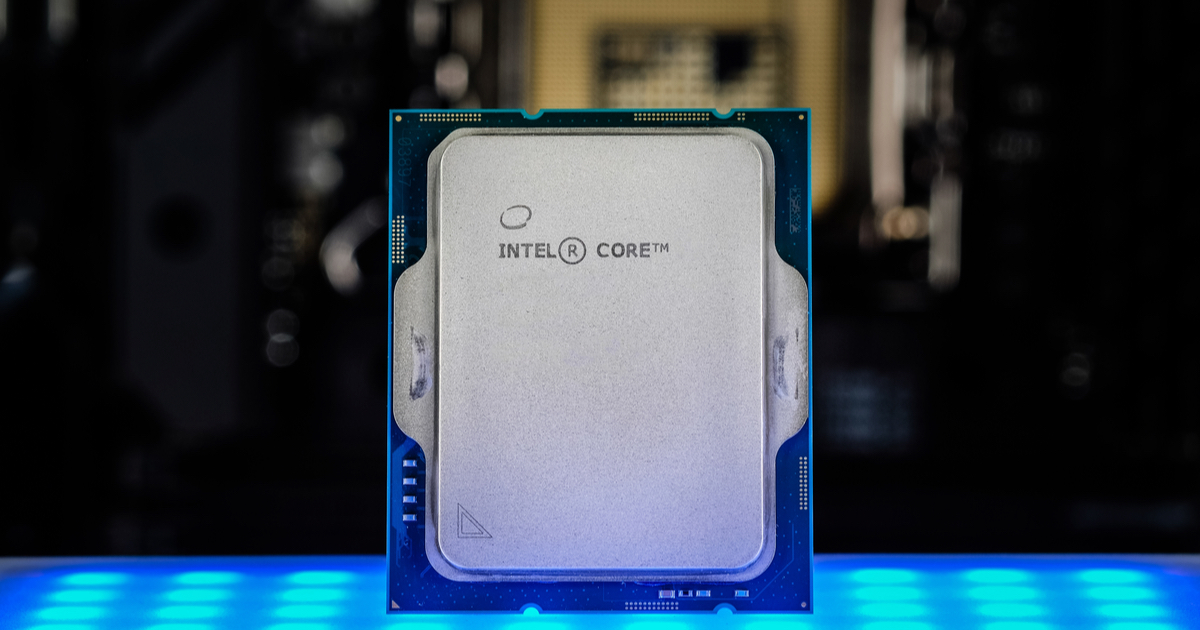Ever since Apple began its transition away from Intel processors in its Mac computers, the race has been on. Intel desperately wants to beat Apple Silicon chips in performance and efficiency. While the veteran CPU maker has succeeded on one front, performance, it’s not even close in efficiency. The latest roadmap, recently leaked, shows Intel’s planned M1-killer is still two years in the future.
The So-Called “Arrow Lake” Intel CPU
The overall roadmap of Intel’s 15th-generation CPU, leaked by AdoredTV (via 9to5Mac), shows the Arrow Lake’s focus on mobile over desktop. This means Intel will, finally, prioritize efficiency while also improving performance.
To create its M1-killer CPU, Intel’s merging its efforts with TSMC, the same semiconductor company that produces Apple Silicon chips. The company plans to use TSMC’s 3nm process to manufacture a new processor series with performance and efficiency cores, just as the M1 chips feature. This allows computers to perform lighter tasks with less energy consumption.
The M1-Killer Will Be Too Little, Too Late
Here’s the thing. Intel doesn’t anticipate launching the Arrow Lake CPU until late 2023. The first engineering samples will be ready towards the end of 2022, but we expect to see the M2 launched way before then.

Intel may well produce an M1-Killer chip, but what difference will it make? Sure, benchmarks suggest the new Core i9 processor is faster than Apple’s M1 Max, but it uses nearly twice as much power to do it. That simply won’t fly in a laptop configuration.
If Intel can manage to make Arrow Lake outperform the M2 chips that should be widely available by the time Intel ships the new CPUs, that will be something to talk about. Let’s face it, though, it’ll need to be an M2 Max-killer to really matter. It’s possible, but we’ll just have to wait and see.

Really? Intel history is filled with delays, unfulfulled promises and wrong statements. I do not believe them any more. Remember the Intel Optane Xpoint fiasco? It was going to be 1,000 times faster than current SSD, yet it is even slower (only marginally faster on random read/write), requires a lot of energy, is not available at large sizes and is very expensive.
I’m not sure we disagree here. As I said, the current leaked roadmap doesn’t see Arrow Lake shipping until late next year. By that time, we’ll have the M2 solidly entrenched, and possibly the M3 beginning to ship.
Jeff:
Concur with your observations with one exception; we’ve seen this movie before and a triumphant Intel is not quite how it ended.
True, Apple switched away from the PowerPC RISC architecture to Intel’s CISC, but not because the latter’s performance cost Apple market share. Apple cost Apple their market share, whilst wandering the desert of the post SJ1 era, by having a befuddling product plan and lineup, in which there was a plethora of distinct products without a difference, and practically all as equally tasteless as anything on offer in the Wintel world. Their proposition to the prospective Apple client was, ‘Purchase this beige box that looks indistinguishable from a Wintel beige box, except that it’s not compatible with whatever you’re using in the office space, oh, and probably isn’t as fast even where it is compatible; to which the non-fanboy would respond, ‘whatever for?’
Apple’s market share began showing gains with the second coming (SJ2 – forgive my irreverence), which saw the scrapping of the old product lineup and the Resurrection of the insanely great, in both hardware and software. This, in turn, witnessed the Quickening, ie a massive influx into the Apple user base, and the Rapture of user satisfaction (I should stop); not even so much for the Intel-based computers, as much for the iPod and then the iPhone, which provided a gravity assist to the Mac as a bonus. The Intel switch was equally about performance as it was platform roadmap, and Apple’s ability to get Intel to work with them on design and, importantly, hardware/chipset integration. Until they couldn’t, meaning until Intel could no longer keep up with either Apple’s demands in both timeline and performance. And got sacked.
And while it would be difficult to disentangle the attributable contribution of the Intel chipsets to the revamped and expanding Apple ecosystem of products and services, it would be a disservice to that creative revolution to assign the preponderance to Intel and their faster chipsets, particularly when the majority of new Apple client recruits were not even buying Macs.
The point of this speed-tour through memory lane is that, even if Intel can make a faster chip, irrespective of efficiency, it will not affect Apple’s market share momentum or client base, more so if that chipset is less efficient and restricted to big iron, since their chipsets were never the principal driver of Apple platform adoption.
Thus sayeth the Precedent.
Dr. Brooks,
I’ll pray for you and your irreverence 😉
As to the crux of your argument, I’d argue that we are in a much different time as far as what consumers generally seek from their Macs. These days, software compatibility isn’t as dramatic a problem as it was then. For Intel to well and truly convince Apple of the supposed error of its ways in switching to its own Arm-based chip, Intel CPUs need to match Apple Silicon in terms of both performance and power consumption (efficiency.) Thus far, Intel hasn’t been able to meet both marks. Alder Lake can beat out M1 Max in performance, true, but at nearly double the power consumption. In an age when I’d argue mobile computers outsell desktops, that’s simply unacceptable.
By the time Intel releases Arrow Lake to the public near the end of 2023, it will have to outperform not the M1 Max, but the M2…if not the probable-upcoming M2 Max, or its equivalent, at that time.
Thus safety the Present 😉